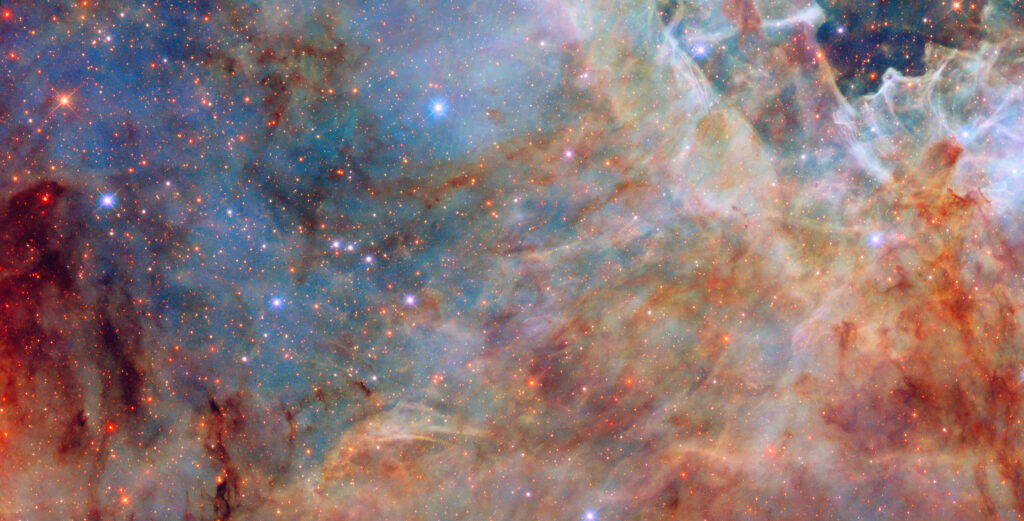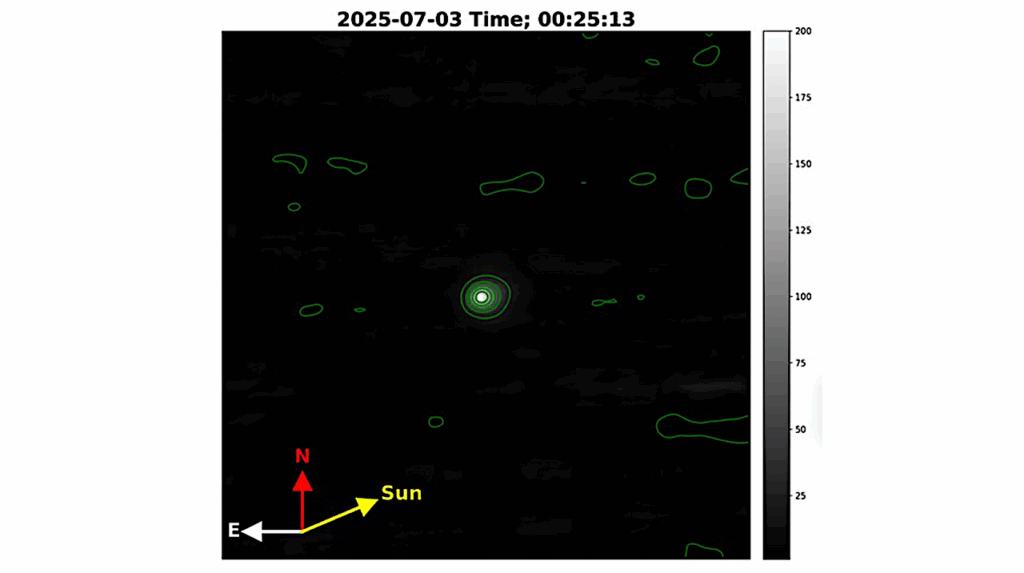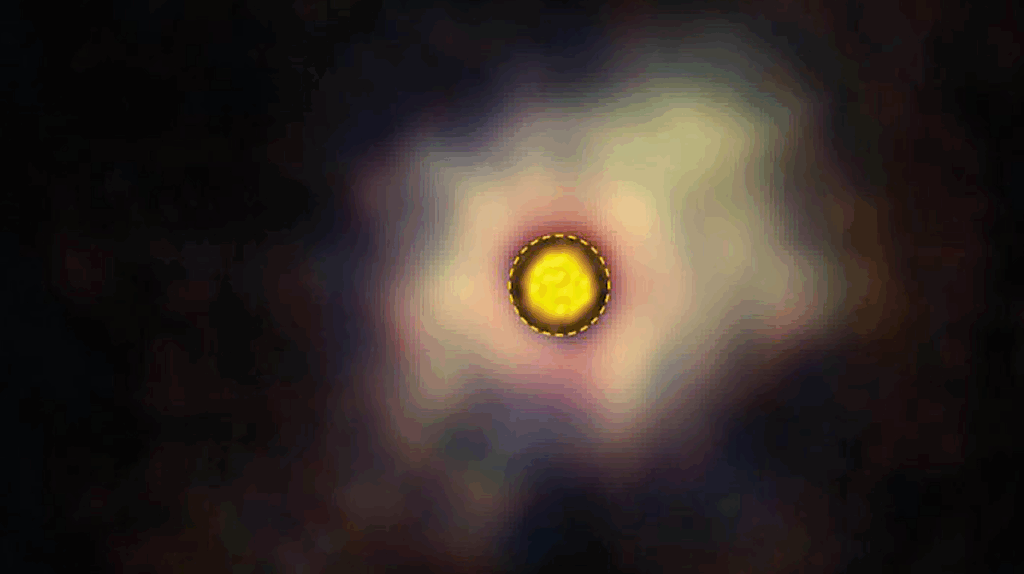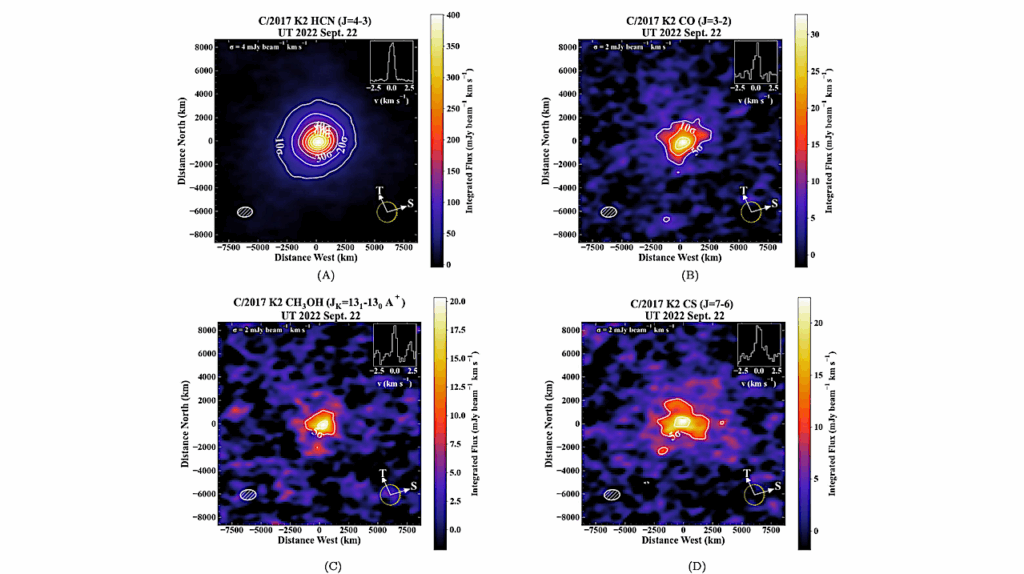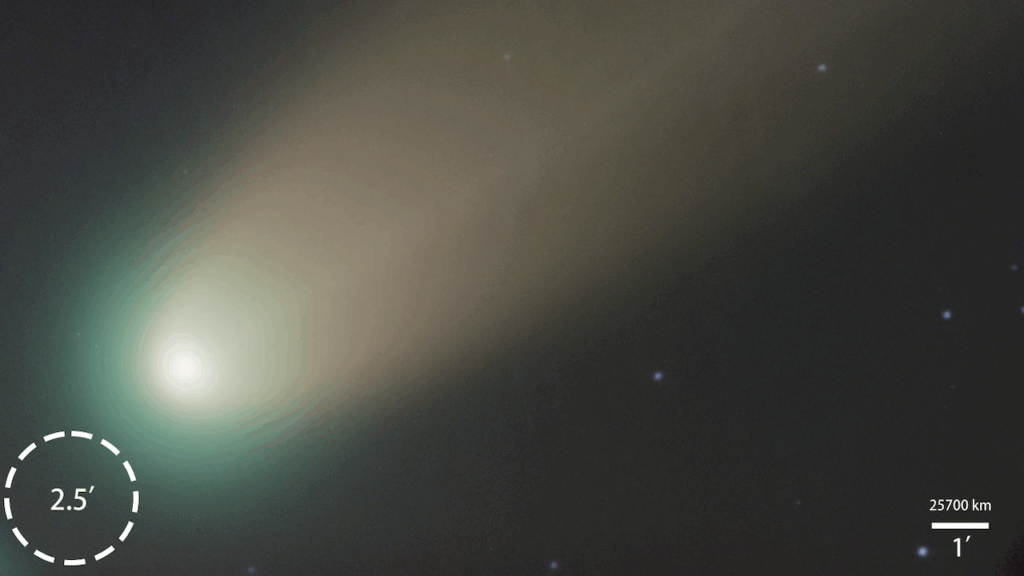Connections Between Planetary Populations And The Chemical Characteristics Of Their Host Stars
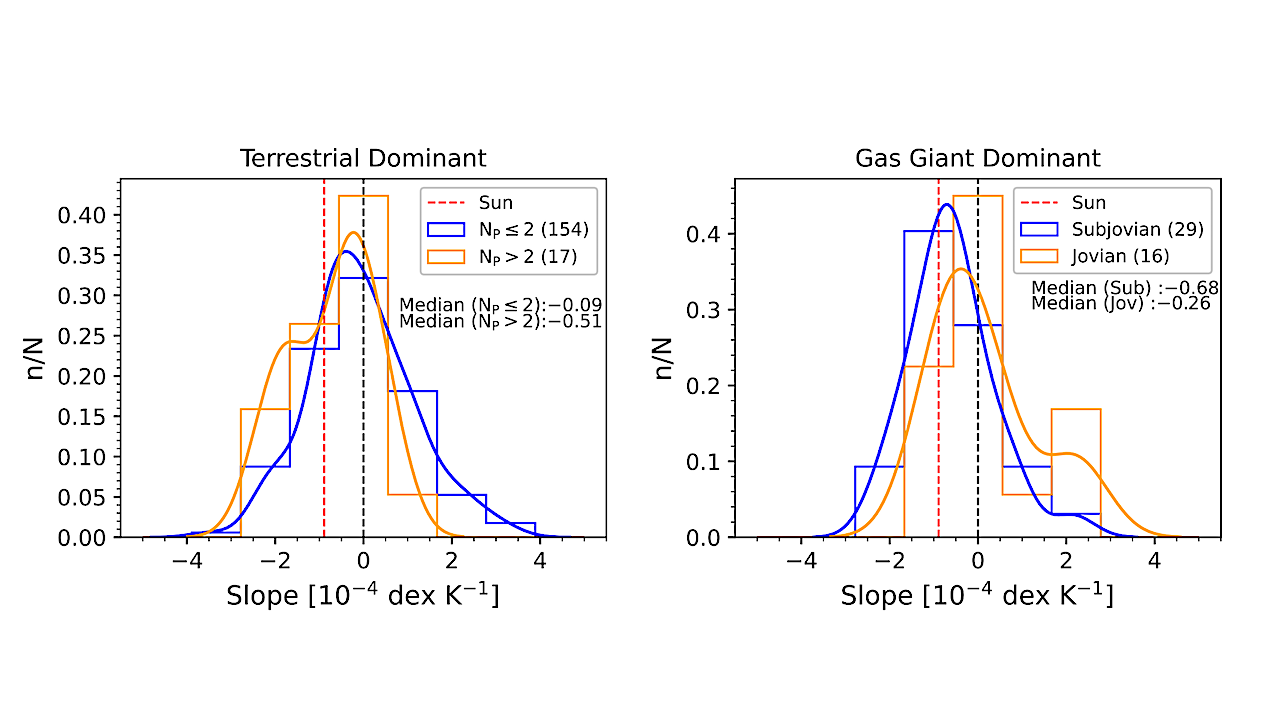
Chemical anomalies in planet-hosting stars (PHSs) are studied in order to assess how the planetary nature and multiplicity affect the atmospheric chemical abundances of their host stars.
We employ APOGEE DR17 to select thin-disk stars of the Milky Way, and cross-match them with the Kepler Input Catalog to identify confirmed PHSs, which results in 227 PHSs with available chemical-abundance ratios for six refractory elements.
We also examine an ensemble of stars without planet signals, which are equivalent to the selected PHSs in terms of evolutionary stage and stellar parameters, to correct for Galactic chemical-evolution effects, and derive the abundance gradient of refractory elements over the condensation temperature for the PHSs. Using the Galactic chemical-evolution corrected abundances, we found that PHSs do not show a significant difference in abundance slope from the stars without planets.
Furthermore, we examine the depletion trends of refractory elements of PHSs depending on total number of planets and their types, and find that the PHSs with giant planets are more depleted in refractory elements than those with rocky planets.
Among the PHSs with rocky planets, the refractory-depletion trends are potentially correlated with the terrestrial planets’ radii and multiplicity. In the cases of PHSs with giant planets, sub-Jovian PHSs demonstrated more depleted refractory trends than stars hosting Jovian-mass planets, raising questions on different planetary-formation processes for Neptune-like and Jupiter-like planets.
Sol Yun, Young Sun Lee, Young Kwang Kim, Timothy C. Beers, Togay Berfin, Dongwook Lim
Comments: 14 pages, 6 figures
Subjects: Solar and Stellar Astrophysics (astro-ph.SR); Earth and Planetary Astrophysics (astro-ph.EP)
Cite as: arXiv:2402.19321 [astro-ph.SR] (or arXiv:2402.19321v1 [astro-ph.SR] for this version)
https://doi.org/10.48550/arXiv.2402.19321
Focus to learn more
Submission history
From: Sol Yun
[v1] Thu, 29 Feb 2024 16:25:18 UTC (221 KB)
https://arxiv.org/abs/2402.19321
Astrobiology, Astrochemistry,



